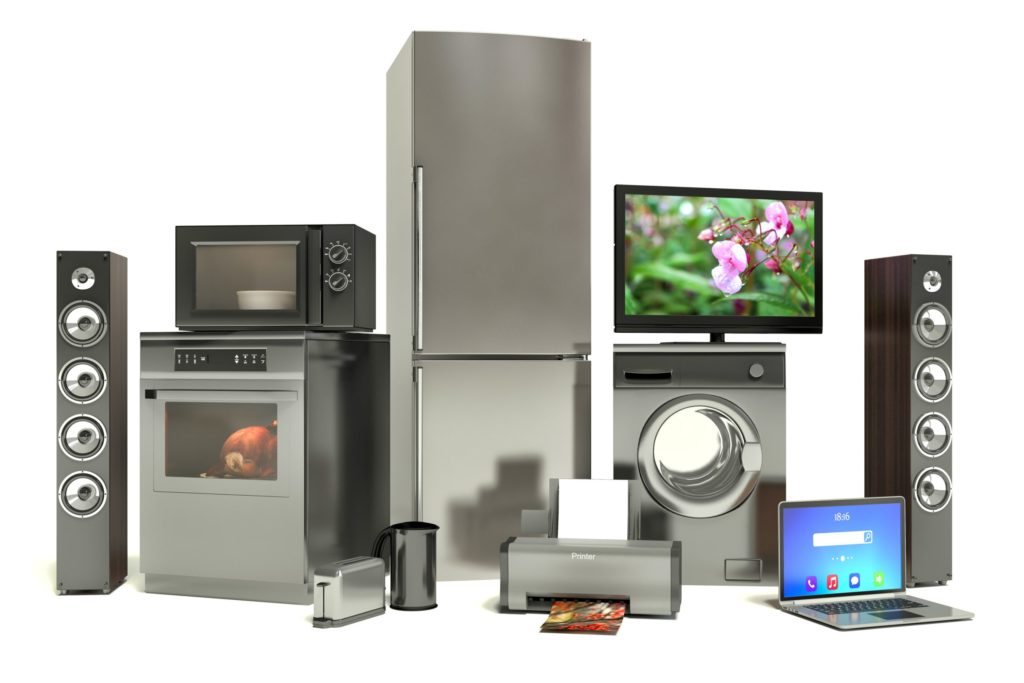Which appliance eats the most energy in your home?

As gas, oil and electricity prices continue to rocket, being efficient with our use of energy has never been more important. Choosing the most energy efficient household appliances can help you save energy – and money – on bills. However, some common household items use more energy than others.
Here, we find out which are the biggest users of electricity in the home, according to the Energy Saving Trust and offer some tips on how to use them as efficiently as possible.
Washing Appliances
Washing machines, dishwashers and tumble dryers account for 14% of a typical energy bill.
The power needed to heat the water that they use pushes up consumption, making them energy-hungry household appliances. Actively choosing to wash clothes at a lower temperature can help reduce your energy consumption. Using your washing machine on a 30-degree cycle instead of higher temperatures, can also save money. Try to avoid washing half loads to save water.
The same advice goes for your dishwasher: use the Eco setting if it has one and try to wait until it’s full to set it off.
Avoid using a tumble dryer for your clothes: dry clothes on racks inside where possible and safe or outside in warmer weather, but make sure you leave a window open for ventilation.
Fridge/freezers
Fridges and freezers account for around 13% of the average household’s energy bill.
These appliances need to stay on all the time, so they’re continually drawing power to maintain a constant temperature. They’re also among the longest lasting appliances in our home. The typical fridge-freezer has a lifespan of 17 years! Since they’ll be on 24 hours a day, and could last you 17 years, there’s a huge benefit to investing in an energy efficient one. The next time you’re buying a new fridge or freezer, consider the smallest that meets your needs, as well as the highest rated one you can afford. Regular defrosting can also help.

Electronics
From laptops to TVs to game consoles – we are more reliant on electronic gadgets than ever, and they now account for around 6% of our energy bills.
Some of the oldest advice remains relevant: remember to turn your devices off, not leaving them on standby, where possible. If you are investing in a new TV, look for the most energy-efficient one you can afford, or choose a smaller screen size to save on running costs.
Lighting
Lighting takes up around 5% of an average home’s total energy bill.
You can reduce the amount of energy you use by replacing halogen bulbs with LEDs. If the average household replaced all bulbs with LEDs, it would cost about £160 and save around £55 a year on bills. Make sure you turn your lights off when you’re not using them or when you leave a room. This will also save you on your annual energy bills.
Cooking
Around 4% of your energy bill is spent on powering kitchen appliances, including the hob, oven, kettle and microwave.
Microwaves are more efficient than ovens at cooking, as they only heat the food and not the air space inside. Try to avoid overfilling the kettle and save yourself on your electricity bill.
For more tips and advice visit energysavingtrust.org.uk
